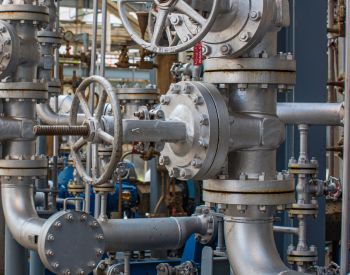Client
Transocean and Micron Optics, vendor and fibre optics consultant
Assets
Mobile offshore drilling units (MODUs)
Results
Reduced unplanned maintenance
Client Challenge
In a joint collaborative project between Transocean, Micron Optics and ourselves, fibre-optic sensors were spot welded directly to the cylinders of marine tension risers. The objective was to measure axial and bending loads. This project would help Transocean better meet the requirements outlined in updated industry requirements, known as API16Q.
API16Q sets our recommended best practice for the design, selection, operation and maintenance of typical marine riser systems for floating drilling operations from a mobile offshore drilling unit (MODU) with a subsea blowout preventer (BOP) stack. An API16Q reduction factor value had produced real-time data results, with the goal of reducing non-productive time due to unplanned maintenance.
How we helped
Before fibre-optic sensors were selected, we helped Transocean with the following requirements:
- obtain real time loads
- obtain historical operational baselines
- realise trends that point to potential failure
- reduced non-productive time (NPT).
Following a series of meetings between all three partners, it was soon realised that fibre- optic sensors would be the most suitable answer. This solution is not only intrinsically safe (suitable for use in potentially explosive environments), but sensors are also easily installed and unobtrusive, allowing for minimal downtime during installation. Fibre-optic sensors were then installed by us.
Results and benefits
Since the sensors were implemented, Transocean has accessed a wealth of information. Among many benefits, our client is now able to compare the previous hydraulic system parameters against the loads acquired from the fibre-optic sensors. This offers valuable insight, enabling Transocean to look at trends and predict and implement maintenance plans accordingly.
The data acquired is more representative of the loads compared to previous methods. This information has helped potentially reduce non-productive time on our client’s rig. It is also the first steps to adopting a condition-based maintenance and monitoring programme for even further savings.
This project was subsequently nominated for the Innovation Award at the ONS conference. It paves the way for future projects using fibre optics for accurate, real-time measurements of other components, both on board offshore platforms and across various other industries.
These types of load measurements have never been made before. We are extremely pleased with the performance of the system and the data we are obtaining.

